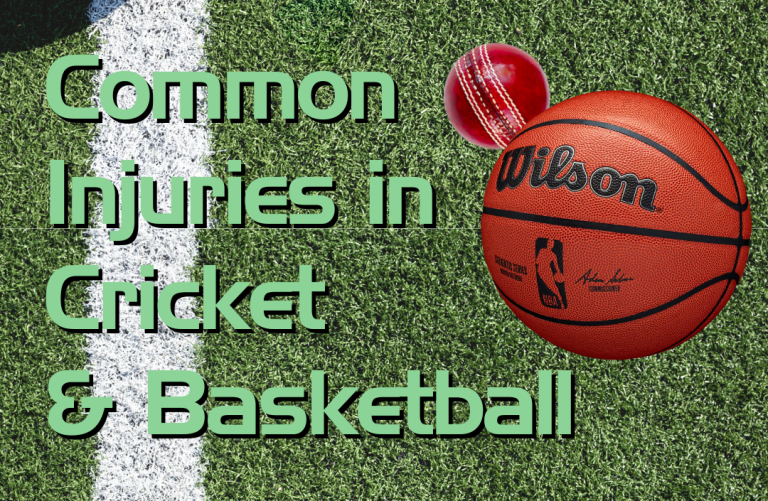Do you get aches and pains after even 9 holes of golf? Are you getting less movement from your body and it’s costing you your handicap?
Unfortunately, golf is not the exception to sporting injuries with up to 80% of golfers experiencing back pain at some stage. Of this percentage, too many cases are likely to have recurring and relapsing symptoms form a poorly managed condition.
Now more than ever an exercise program is an essential part of your golf game. A long period of rest followed by a sudden increase in activity is the most efficient way to cause an injury. Without a structured exercise and mobility program you risk strains and sprains to your body that will not only effect your game but also put more demand on other body parts to compensate for any lack of movement. This can change muscle memory and the way you swing, skyrocketing the risk of injuring other parts of your body.
Due to the nature of golf, hips, backs and shoulders are often the most susceptible to injury. Each one of these body parts play a key role in your swing and can make life a nightmare when injured.
SALVAGE OR SAVAGE YOUR HANDICAP
A structured exercise and mobility program can be a lifesaver for your handicap, it can make sure that joints are moving smoothly and muscles are activating correctly. Not only can an exercise program ensure that all body parts are working together but it can also help take your golf swing to the next level.
Getting expert physiotherapy advice on your biomechanics and a program will identify areas to build healthy muscle, ligaments with the right exercises, the right exercising strategies beyond just swinging to make your golf comfortable, minimising the risk of injury and enhancing safety. The benefits are…
- better management of injury and having the tools to look after yourself.
- understanding what your physical limitations are and goal setting overcoming these with a clinically informed treatment plan.
- Alternatives to just golf to train for golf involving other forms of exercise to target the same goals. Think of strength exercises and flexibility work.
If you have ever hurt yourself playing golf and then continue reinjuring yourself keep reading, we are going to touch maintenance and preventative exercises to make sure your body can handle anything golf swings at it!
Watch out for part 2 next week!














